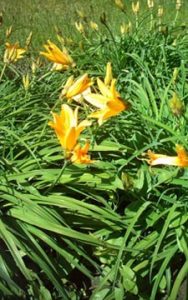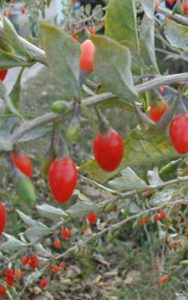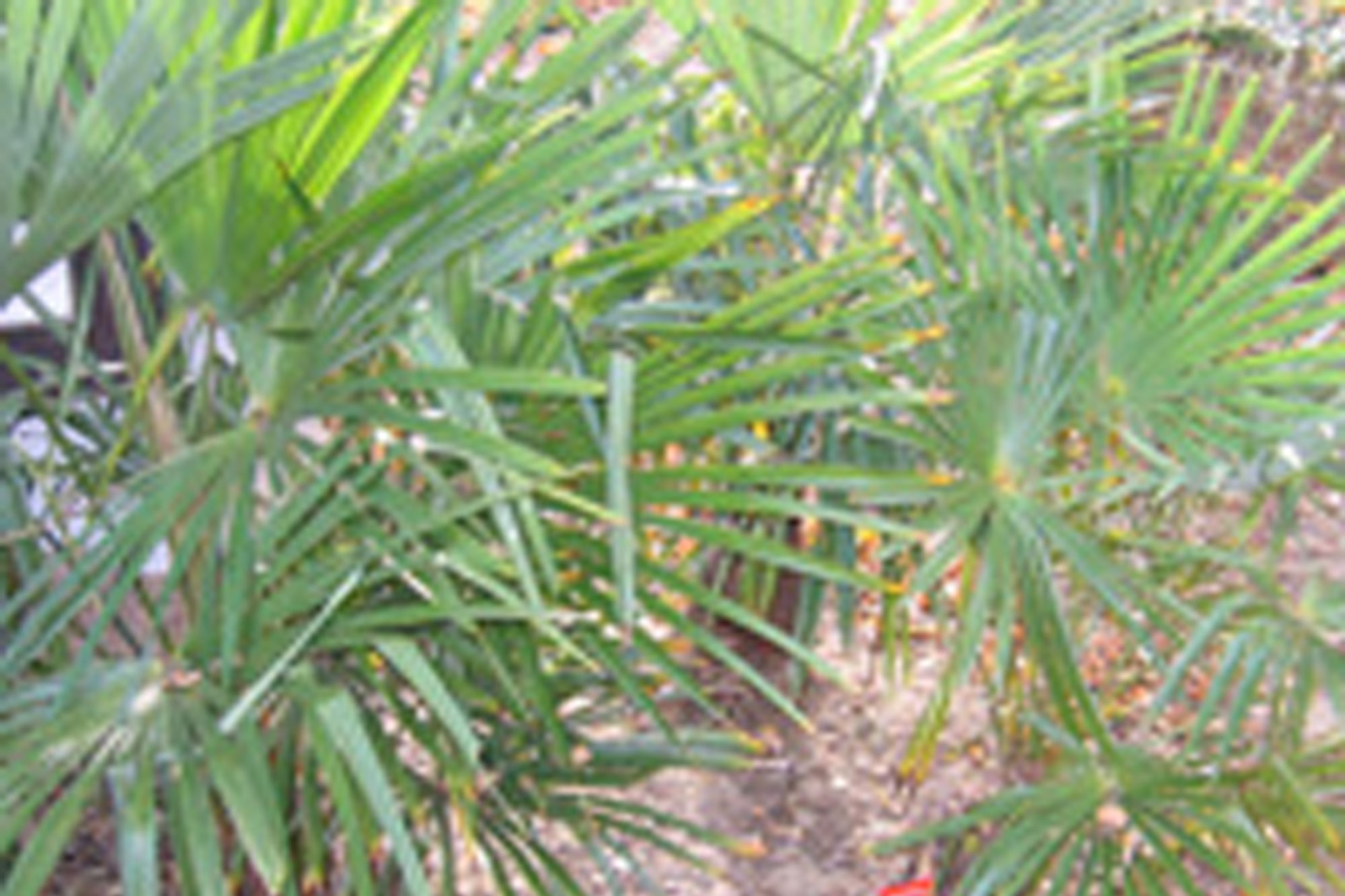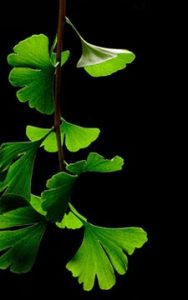Welcome to the Ethnobotanical Garden at the University of Kent. In 2007, the Centre for Biocultural Diversity received a small grant from the University’s Annual Fund to begin developing the space between the Marlowe Building and Giles Lane as a landscape containing useful plants on an East Kent-Japanese theme. The initial selection of species was made by former student James Wong and Simon Platten (Leverhulme Fellow and Lecturer in Ethnobotany at the time).
The catalogue was prepared by Ivan Casselman (a former MSc student and now PhD candidate at Southern Cross University, Australia). At present you will find the completed beds up against the wall of the rear of the Marlowe, which are maintained by the Estates Department. Most of the plants are labelled, but please browse our Specimen Identification Sheet for further information.
Examples of ethnobotanical plants featured in our garden:
Hemerocallis sp. (Vernacular name: Lily)

Ethnobotanical uses:
- Leaves, young shoots and flower buds eaten raw or cooked
- Roots are eaten cooked
- Juice of the roots are used as an antidote for arsenic poisoning
- Roots are used as a flak medicine treatment for cancer
- A tea made from boiled roots can be used as a diuretic
Gingko biloba (Vernacular name: Maidenhair tree)
Ethnobotanical uses:
- Confucius is said to have pondered and taught under a Ginkgo tree
- Sap is a fire retardant
- Seeds are roasted and served at important feasts
- Seeds are consumed as a liver tonic
- Leaves are used for respiratory problems
 Lycium barbarum (Vernacular name: Goji berry)
Lycium barbarum (Vernacular name: Goji berry)
Ethnobotanical uses:
- Used to make wine and beer
- Berries are used to treat inflammation and skin disease
- Root bark acts against bacteria and fungus
- Juice from berries is said to have anti-oxidant properties
- Consumption of the berry may also have cardiovascular benefits


